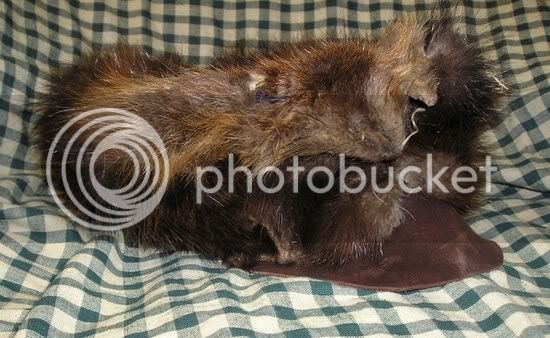- Joined
- Dec 12, 2004
- Messages
- 906
- Reaction score
- 1
Sniper68,
Good to see you back.
Best Wishes
Good to see you back.
Best Wishes


Ugly? buddy, i'll show you ugly.....

I would prefer to tell you how to make your own knife. If you have a piece of carbon steel, a propane torch, a couple of files and most important if your wife will let you borrow her oven for a couple of hours, you can make a pretty fine knife of your own. This knife will equal in performance as any you can buy. Making your own is more to the spirit of early America. The pride you have by making your own knife is something everyone should experience.
I hope I havent been confusing or a bore.
To give to him , or use on him ? :crackup: Nice Musketman , very nice . Joe send ME that knife , so I can dispose of it properly . That knife is waaay too ugly of a knife , for a man of your caliber to have . :crackup:I really appreciate your comments, it takes a leap of faith to post a picture of something you made.
Now, what can I make next?
Joe Yanta
How about an Ooloo (Ulu)?
I made this one for my brother...

To give to him , or use on him ? Nice Musketman , very nice .
I agree, looks PC, When I think of what kind of knife a trapper in 1820 would have your knife is what pops in my head. :front:I love it!!! I'll take it off your hands. Looks like something an honest hardworking hunter/trapper would have.
Enter your email address to join: